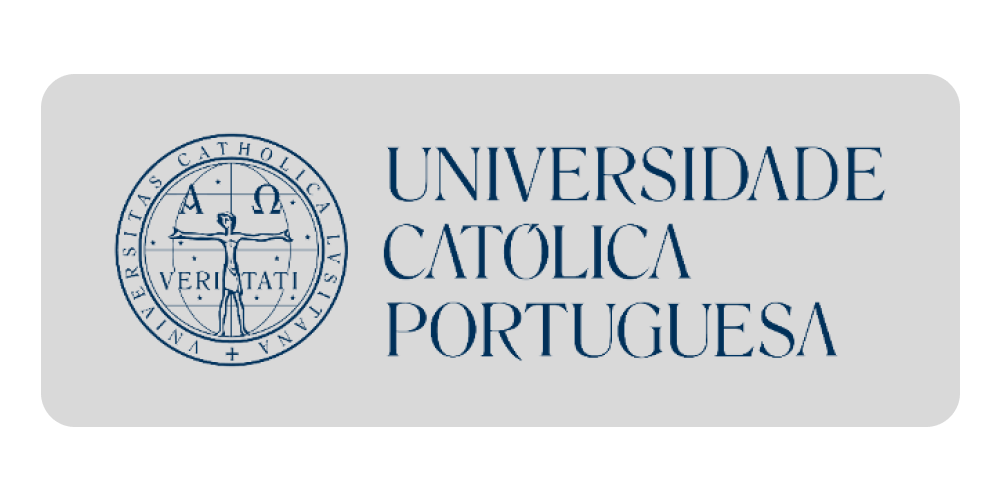The catholic faculty of theology
COMMISSIONS OF JURAJ BRANJUGA »BISHOP BUILDER«: FOUNDATION AND FURNISHING OF THE PARISH CHURCH OF ST. LADISLAUS IN POKUPSKO AND REFLECTIONS OF CULTURAL AND POLITICAL IDEAS AT THE END OF THE SEVENTEENTH AND THE BEGINNING OF THE EIGHTEENTH CENTURY IN ZAGREB.
2009
U razdoblju prve polovine 18. stoljeća na području Zagrebačke biskupije dolazi do snažnog zamaha u izgradnji, osobito na područjima koja su oslobođena u ratovima s kraja 17. stoljeća. U obnovi i revitalizaciji opustošenih područja biskupije veliku su ulogu imali zagrebački biskupi, koji na svojim posjedima jugoistočno od Zagreba podižu važne građevine. Osobito se ističe zagrebački biskup Juraj Branjug (biskup od 1723. do 1748.), a među njegovim arhitektonskim
narudžbama važno mjesto ima gradnja nove župne crkve u Pokupskom.During the fi rst half of the eighteenth century Zagreb diocese entered the period of the extensive renovation and rebuilding of the ecclesiastical edifi ces, especially in the regions that were recently liberated from the Ottoman rule by the end of the seventeenth century. In these activities of revitalization of such desolated lands bishops of Zagreb had a very important role, since they were founders of the most new buildings in the regions on the south-east from Zagreb. Among them special place had bishop Juraj Branjug (1723–1748). One of his most important architectonic commissions was construction of the new parish church in Pokupsko. However, the new church, which was built in the period between 1736 and 1739, did not maintain its previous titular of St. Marta but after furnishing it was consecrated as parish church of St. Ladislaus. Detailed information about construction and equipment of the church is kept in the voluminous visitation of clergyman Stanislav
Pepelko from 1740. Architectonic construction of this church introduced for the fi rst time in the Croatian lands so called four-leaf form, which was followed by the usage of, so called, »Czech calotta (cap)« arch, and this type of construction later became quite often
in the late-baroque architecture in the region. Moreover, quality of this work – especially regarding the stucco decoration – suggests that artisans who worked on it probably were foreigners. Furthermore, beside this signifi cance for the history of art, one cannot omit the symbolic importance of this commission – since the church was entitled to the founder of Zagreb diocese: St. Ladislaus. Similarly, time of its construction was a period of expansion
and revitalization of diocese territory – in a way a time of »new beginnings«. By the same token, this commission is a kind of continuation of similar ordains in the Zagreb diocese from the end of the seventeenth century. Moreover, it is possible that these actions
were initiated also by the writing of Pavao Ritter Vitezović, who maintained Croatian provenience of St. Ladislaus in his study from 1703, and who suggested that Pokuplje could be his birthplace. As many other polyhistors of that time Vitezović tried to emphasize
importance and independence of the bishopric, what was a kind of extension of his political ideas delivered in Croatia rediviva. These ideas were quite infl uential among intellectual circles of that time within Zagreb diocese, and this can be confi rmed also three
decades later by the Branjug’s commission dedicated to his predecessor
The catholic faculty of theology
COMMISSIONS OF JURAJ BRANJUGA »BISHOP BUILDER«: FOUNDATION AND FURNISHING OF THE PARISH CHURCH OF ST. LADISLAUS IN POKUPSKO AND REFLECTIONS OF CULTURAL AND POLITICAL IDEAS AT THE END OF THE SEVENTEENTH AND THE BEGINNING OF THE EIGHTEENTH CENTURY IN ZAGREB.
U razdoblju prve polovine 18. stoljeća na području Zagrebačke biskupije dolazi do snažnog zamaha u izgradnji, osobito na područjima koja su oslobođena u ratovima s kraja 17. stoljeća. U obnovi i revitalizaciji opustošenih područja biskupije veliku su ulogu imali zagrebački biskupi, koji na svojim posjedima jugoistočno od Zagreba podižu važne građevine. Osobito se ističe zagrebački biskup Juraj Branjug (biskup od 1723. do 1748.), a među njegovim arhitektonskim
narudžbama važno mjesto ima gradnja...
Download
2009
 Dubravka BOTICA
Dubravka BOTICA






